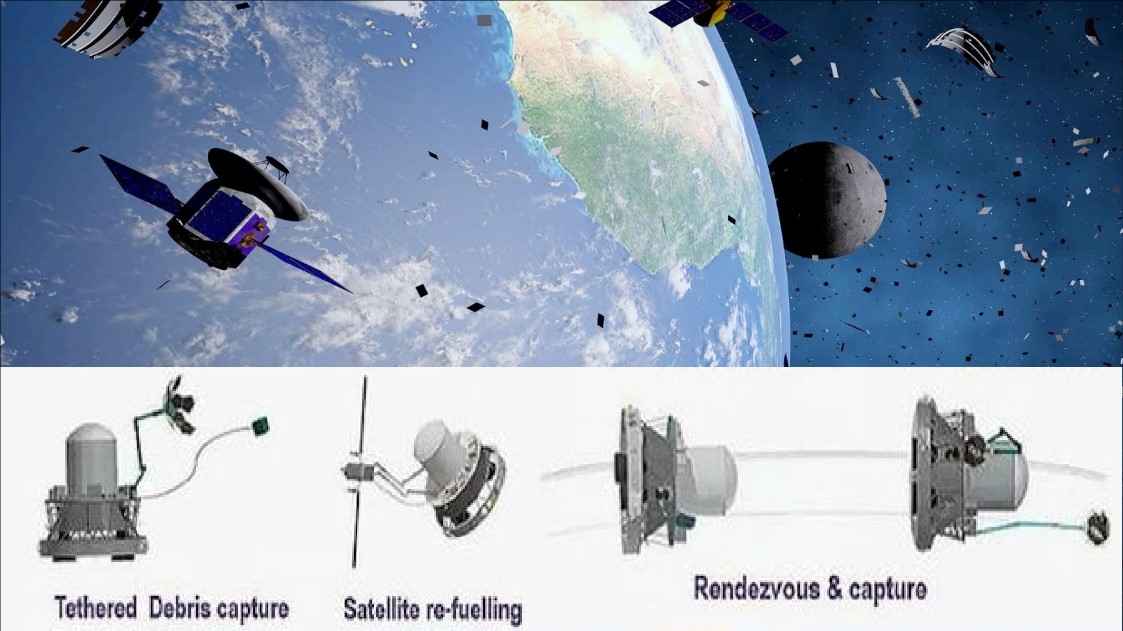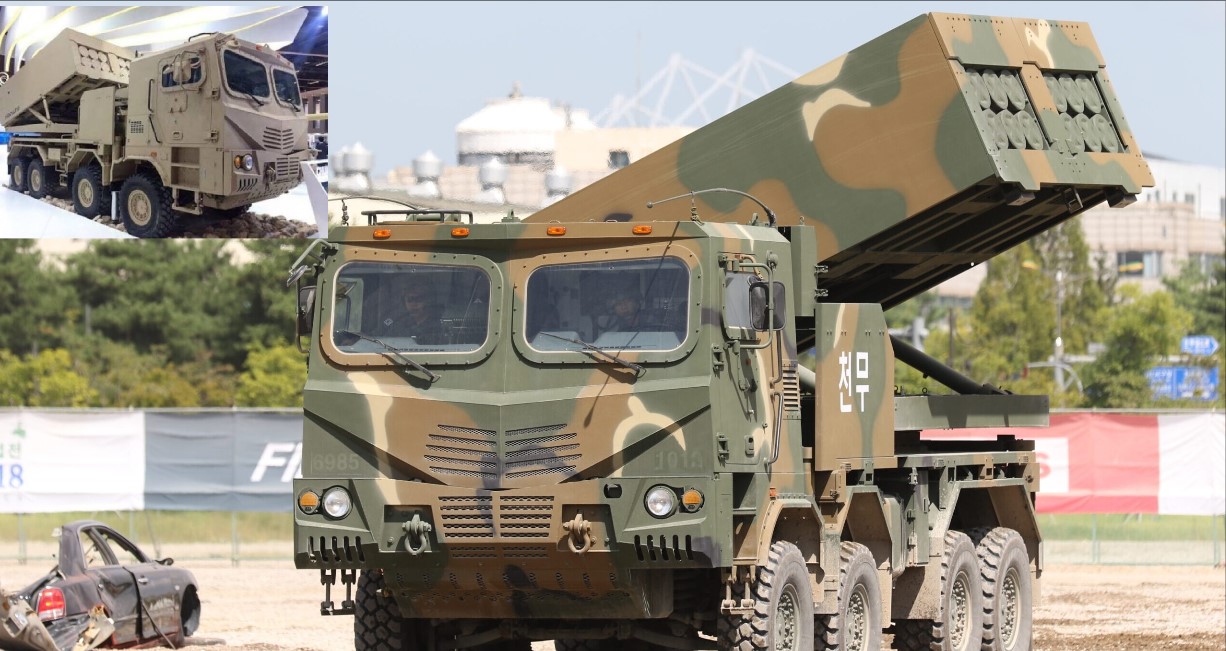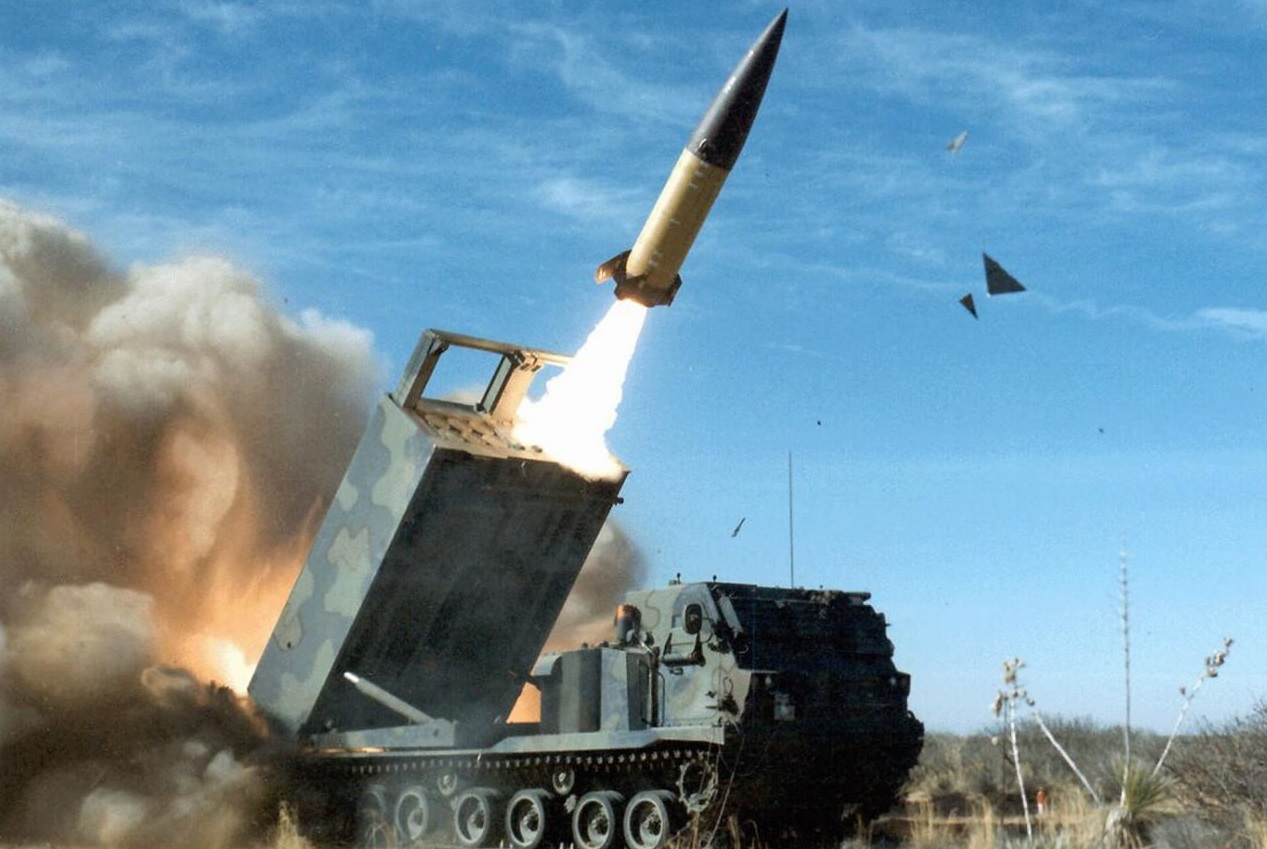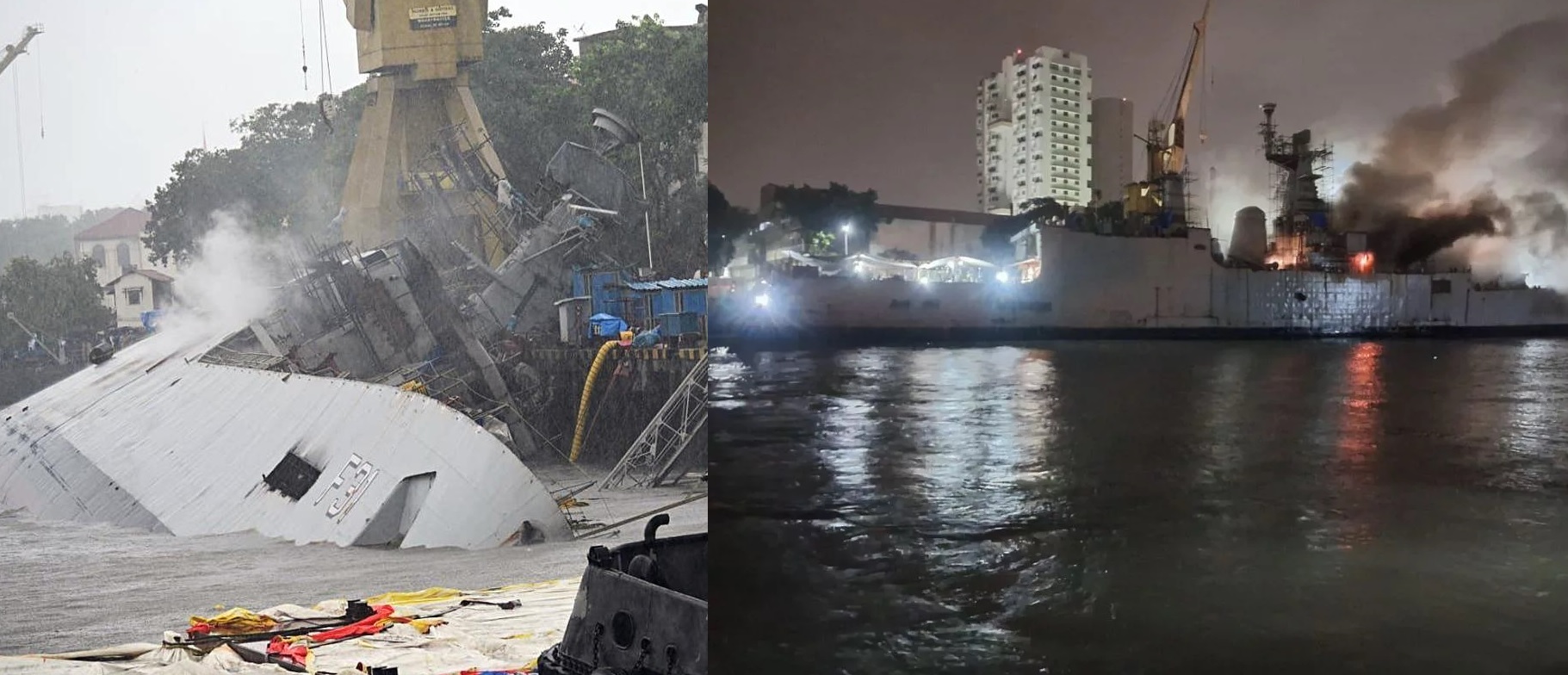ISRO to Test Robotic Arms for Satellite Capture, Aiming for Zero-Debris Space by 2030

India's space agency, the Indian Space Research Organisation (ISRO), is making a bold leap in satellite servicing and space debris management with its upcoming mission. This mission will test a suite of innovative technologies, the most notable being robotic arms designed to capture, maneuver, and even deorbit satellites and debris in space. This critical advancement aligns with India’s ambitious "zero debris" vision, targeting 2030 as the milestone for ensuring safer, sustainable space operations by minimizing the accumulation of space debris.
New Frontiers in Satellite Servicing and Space Debris Management
ISRO's mission will center on testing what’s known as low-impact cooperative docking technology. This tech allows for secure communication and docking between two spacecraft, even when they’re in motion. In practice, it means that ISRO’s robotic arm will capture an orbiting satellite, demonstrating a level of precision required for future satellite repairs, relocations, and the deorbiting of non-functional satellites. The technology is also engineered to support satellite longevity by enabling on-orbit repairs—an essential feature for maintaining the value of India’s satellite assets.
The mission will employ a tethered capture mechanism using a robotic arm. This arm, extending from a servicer satellite, will latch onto another satellite or a piece of space debris, effectively allowing ISRO to manage various orbital objects in a controlled manner. After capturing the satellite, a propulsive device will attach to it, facilitating safe deorbiting. The targeted object will descend into the Earth’s atmosphere, where it will burn up, thus preventing it from becoming a long-term collision risk for active satellites.
The Complexity of Space Debris Capture
Capturing debris in orbit presents unique challenges due to the high speed and unpredictable trajectory of these objects. Even small pieces of debris can travel at velocities upwards of 28,000 kilometers per hour, making accurate tracking and capturing a feat of both engineering and timing. The tethered robotic arm must avoid any snags or vibrations, as they can destabilize the capture process and jeopardize the mission. Additionally, deploying and managing the tether requires precise adjustments to prevent it from causing unwanted oscillations that might complicate the docking procedure.
The stakes are high because of the vast amount of debris currently orbiting Earth. By some estimates, there are over 40,500 pieces of space debris larger than 10 centimeters, adding to the congestion in low Earth orbit. ISRO’s robotic capture initiative aims to significantly reduce the risks associated with this overcrowding, which has grown more severe with recent satellite collisions and anti-satellite tests that generated thousands of new fragments.
Understanding Tethered Capture for Debris Removal
One cornerstone of ISRO’s approach to space debris management is tethered capture, a technology that involves a long, robust tether attached to a spacecraft. In this approach, the tether deploys to secure a piece of debris, allowing both objects—the spacecraft and the captured debris—to re-enter Earth's atmosphere. Former ISRO scientist Manish Purohit explains that tethered capture allows the combined mass of both objects to burn up upon reentry, thus preventing additional orbital pollution. ISRO’s Servicer Mission, for example, is planned to use this tethered approach for various operations on the PS4 Orbital Platform, demonstrating the feasibility of in-orbit servicing while attached to this stable platform.
ISRO has recently shown a keen interest in expanding these capabilities. The agency recently published two patents detailing new mechanisms for on-orbit satellite capture. This innovation not only boosts the potential for debris removal but also opens the door to extending the lifespan of satellites through in-space repairs and maintenance.
The Growing Threat of Space Debris
Space debris is an escalating concern for all spacefaring nations. According to Harvard astrophysicist Jonathan McDowell, over 18,897 pieces of trackable space junk currently orbit Earth. Recent incidents, like a Chinese rocket colliding with existing debris, highlight the risks. Historical events have also worsened the situation: in 2007, China’s destruction of the Fengyun-1C satellite created thousands of new fragments, and the 2009 collision between U.S. and Russian satellites compounded the problem further.
Additional anti-satellite tests by countries like the United States in 2008 and India in 2019 have contributed to this growing debris field. The debris from these events can stay in orbit for years, posing risks to active satellites, spacecraft, and the International Space Station.
India’s Path to Zero-Debris Space by 2030
ISRO’s zero-debris commitment marks a new phase in responsible space exploration. Under the Debris-Free Space Missions (DFSM) initiative, India aims for all missions—governmental and private—to adopt a zero-debris standard by 2025. Earlier this year, ISRO successfully re-entered a spent rocket from the XPoSat mission, which safely disintegrated in the Pacific Ocean. The agency also lowered the orbit of PSLV-37’s spent upper stage, ensuring it re-entered Earth’s atmosphere on October 6.
By 2030, India aims to see all its missions adhere to this standard, making ISRO one of the frontrunners in sustainable space technology. This mission to test robotic capture and tethered deorbit technology is a major step toward achieving that goal. If successful, ISRO’s advancements could set a global precedent for debris management and on-orbit satellite servicing, securing a safer environment in low Earth orbit for future generations.


